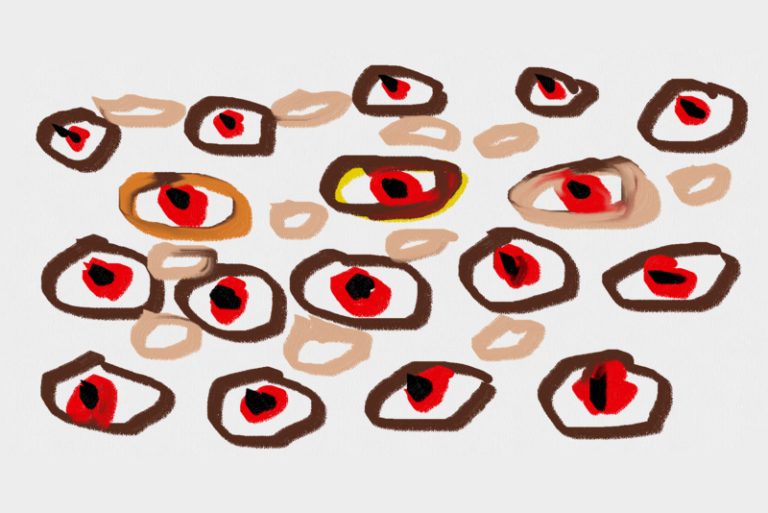 About
About

Everything he [the paranoic] observes in other people is full of significance, everything can be interpreted (Freud, 1901).
Paranoia and magical thinking dominate 21st century conspiracy theory. "Nothing happens by accident,” “Nothing is as it seems,” and “Everything is connected” are core principles of conspiracism (Barkun, 2001, 2013).
Paranoia and magical thinking are also, I contend, not only important clinical categories in Freud’s thinking, but metaphors constitutive of his theory-building. For Freud, they shed light on both individual and group behaviour – and the nature of psychoanalysis itself. Freud (1901) says of the analyst and the superstitious person that “the compulsion not to let chance count as chance but to interpret it is common to both of us.”
And twenty years later, reflecting on psychoanalysis and the occult, he writes that psychoanalysis “itself stands in opposition to everything that is conventionally restricted, well-established and generally accepted. Not for the first time would it be offering its help to the obscure but indestructible surmises of the common people against the obscurantism of educated opinion.”
In an age of post-truth, fake news, and meme magic, can psychoanalysis shed light on our current epistemic crisis? And has the privileging of psychic truth in psychotherapy contributed to that crisis?
 Close
Close

